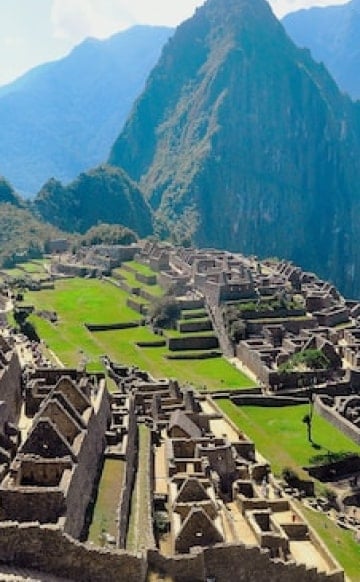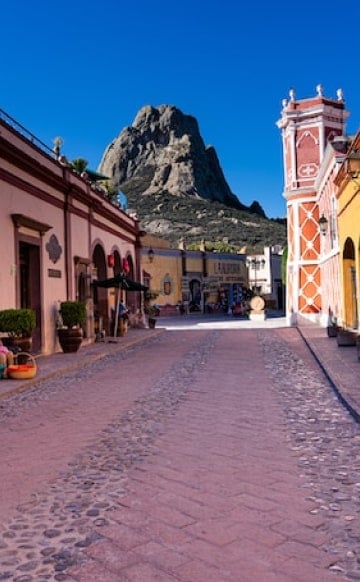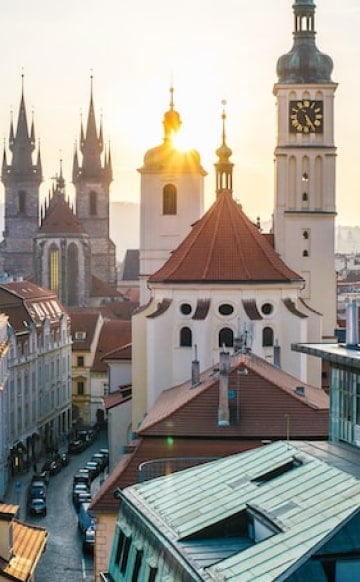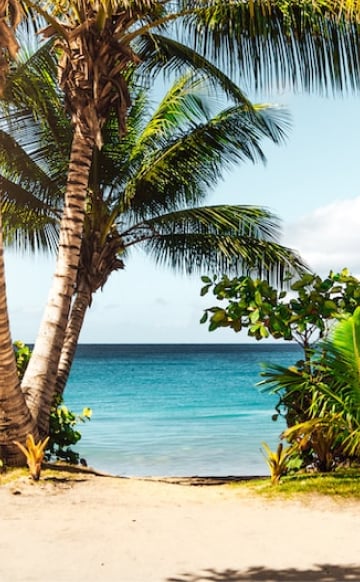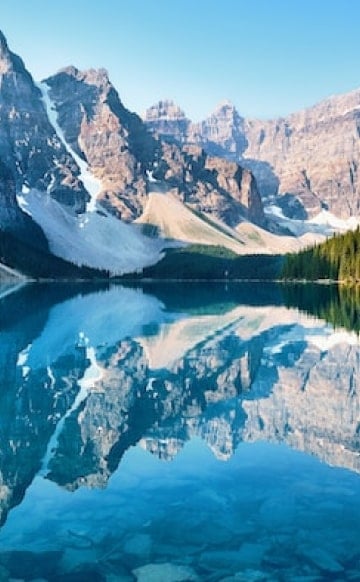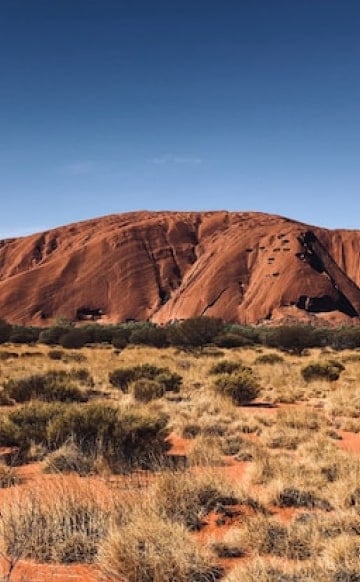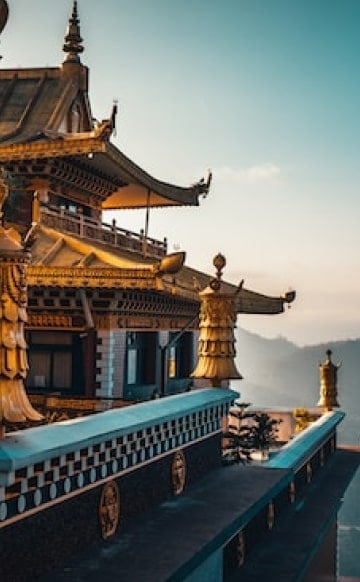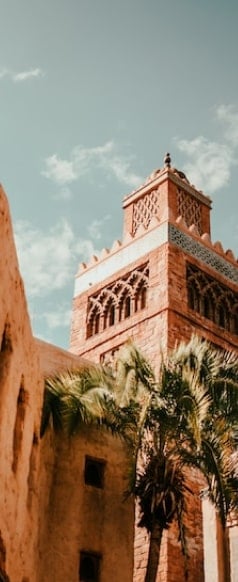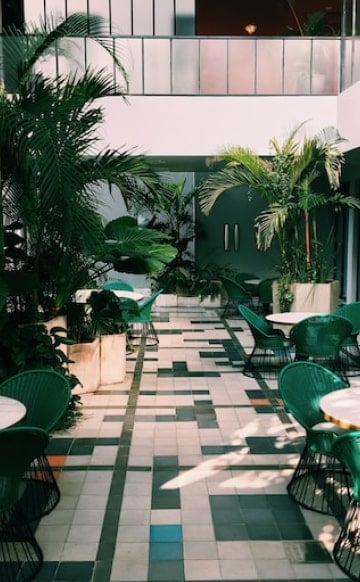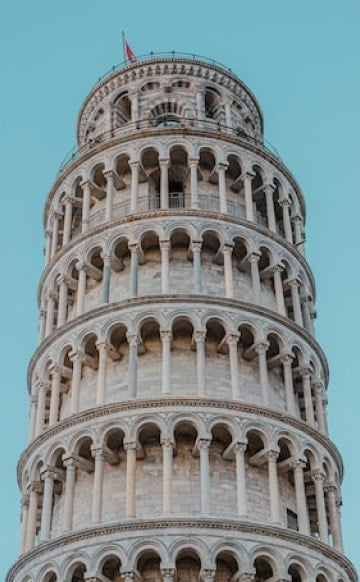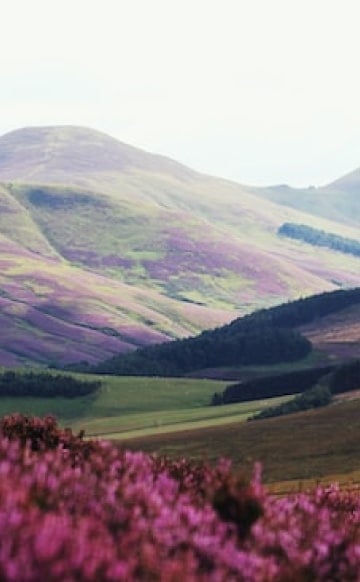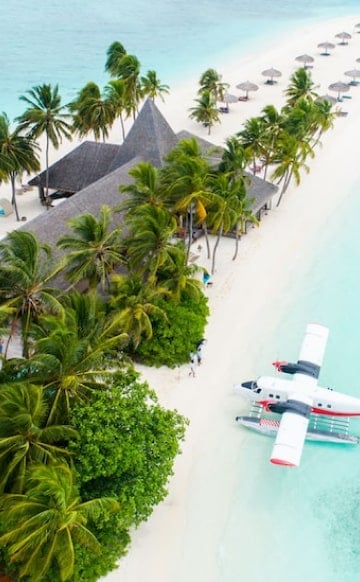Guanacaste Province comprises part of the northwest portion of Costa Rica, and its Eden-like atmosphere instills wanderlust in travelers from across the globe. Cascading streams of water, electric hued lagoons, nearly extinct dry forests that ascend up volcanoes into lush jungle barely tip the iceberg when explaining the unfathomable beauty of this region. Nature preserves, natural landmarks, UNESCO sites and eight national parks dwell in Guanacaste, some of which reside within one another. But each of our list items should be recognized alone and would make amazing bucket list destinations for nature lovers.

Palo Verde National Park
For wildlife enthusiasts and conservationists, Palo Verde National Park is an impressive presentation of native Costa Rican foliage and living beings. Thousands of acres accumulate to make this cluster of lagoons, mangroves and most rarely, dry forest. While efforts are being put forth to save some of the last dry forests in the region, much of it has been destroyed. Birdwatchers come to see incredible species, some choose to take a boat ride down the channels, while many come to just appreciate the diverse surroundings.

Santa Rosa National Park
Santa Rosa National Park also houses a small portion of striking dry forest, as well as gorgeous beaches with blue waters, backed by lush green foliage. Be aware that nesting sea turtles are prevalent among the sands, so walk gently. People love to surf the waters surrounding Santa Rosa, and you can book a scuba diving excursion as well. From hiking to reach views of volcanoes to stopping at the museum, it’s a highlight of the area. Note that you’ll need a 4×4 vehicle to traverse much of the terrain.

Marino Las Baulas National Park
Marino Las Baulas National Park gets its name from the Leatherback turtle, one of the most intriguing and rare reptiles of the sea. Travelers can come to the island to see a majestic spectacle of nesting turtles but must keep in mind their delicate status of reduced population. Money from tourism fuels conservation, but extra traffic can diminish the turtle count. So proceed with care, following the local rules.

Diria National Park
Diria National Park is 10 miles south of Santa Cruz, it goes a little more unnoticed than other parks, making it basically a hidden treasure. The elevation of Diria makes much of its land green and covered in native plants, and it’s pretty cool to experience the difference from dryer habitat. Three distinct trails provide different difficulty levels—you can take the short loop, long loop, or a trail that heads to the jaw-dropping waterfall. The waterfall hike is the toughest but rewards those who brave it with natural swimming holes and dramatic photo ops. Stay at Hotel Tamarindo Diria Beach Resort if wanting to be at the cusp of the park.

Rincon De La Vieja National Park
Two volcanoes and a lengthy list of streams give Rincon De La Vieja National Park an enchanting appeal that words can’t quite do justice for. The Park is so massive, it touches both the Caribbean and Pacific edges of the ocean. Pumas, monkeys, sloths, jaguars and other animals call Rincon De La Vieja home, and you might see one of them along a hike or horseback ride. The park also has hot springs, camp sites and lagoons.

Playa Grande
Playa Grande is actually a part of Marino Las Baulas but deserves to be mentioned on its own. It’s a public beach, but highly protected for the sake of the turtles—guests can only visit during the day. Since the waters can be a bit dicey for swimming, people come here mainly to catch a glimpse of the picture-perfect sand and water, or to hit the surf. Surfing in Playa Grande is globally recognized.

Cordillera de Guanacaste
Cordillera de Guanacaste is a mountain range created by a compilation of volcanoes. Some are still active but aren’t currently considered a threat to the area. While the range is vast and spans into other regions, in Guanacaste, the geothermal range can be experienced by visiting Miravalles Forest Reserve, where you’ll find the highest peak. Like other parks, these are protected and conserved lands, which are totally gorgeous. The dormant volcano has provided a playground of hot springs and bubbling mud pools.

Area de Conservación Guanacaste
Area de Conservación Guanacaste has been designated as a UNESCO World Heritage site because of its endangered lands and biodiversity. From lowlands to elevated jungle, the multitudes of wildlife and fauna are housed in this precious acreage. National parks fall into nearly 600 square miles of conserved Costa Rican landscape. Bahía Junquillal National Wildlife Refuge also resides here and is famed for its wildlife and unparalleled snorkeling or scuba diving.

Rio Negro Hot Springs
When visiting this part of Costa Rica, a soak in a natural hot spring has to be on the list. It’s relaxing, beautiful and, thanks to mineral density, is good for you all at the same time. Rio Negro Hot Springs are located near Rincon De La Vieja volcano and can be conveniently accessed when staying at the Hotel Hacienda Guachipelin.

Rio Celeste
Rio Celeste, also known as the Celeste River, is housed by Tenorio Volcano National Park. At the point of El Teñidor, it becomes a vibrant hue of turquoise, that’s so stunning it doesn’t seem real. Adventurists can hike along the winding stream for a look at waterfalls, fairytale bridges and lagoons. You can access the path via Gautuso or Bijagua.

Sibu Wildlife Sanctuary
Sibu Wildlife Sanctuary brings injured orphaned animals back to good health, then reintroduces them back into the natural habitat. Visiting is a memorable experience that’s well worth the time, but be sure to make a reservation. Kids can see the animals in the temporary habitats, while also getting a glimpse of native foliage first hand, and having the opportunity to be educated about all the amazing efforts of the non-profit. Maybe this is how you’ll start your trip, or end it—either way it’s quite fitting.

